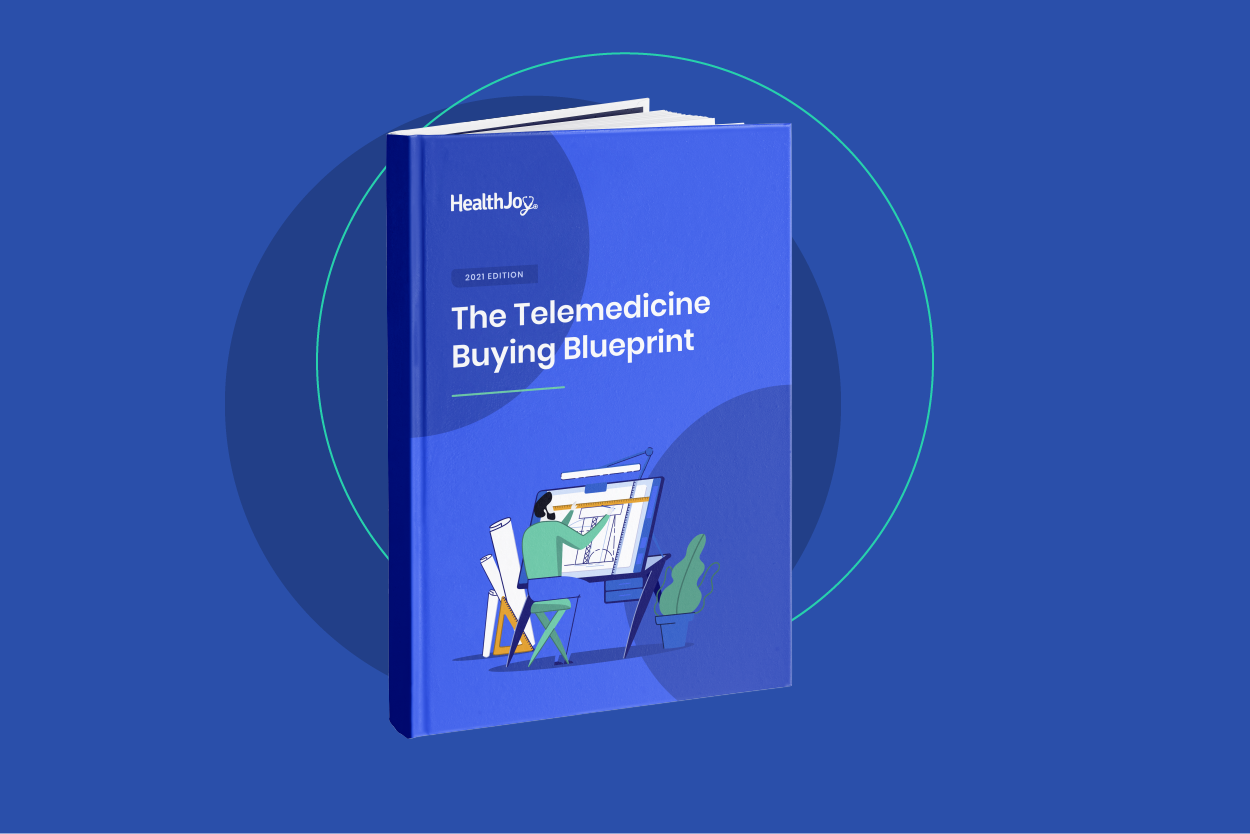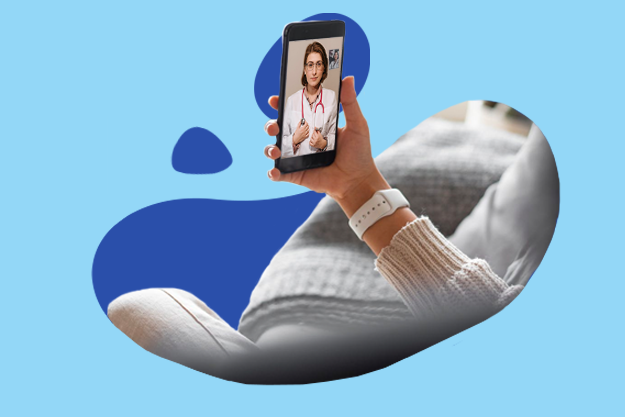eBook: Sustaining Telemedicine’s Momentum in 2021
Before COVID-19, telemedicine benefits suffered low utilization and lagging adoption, especially on carrier platforms. But we witnessed its...
Connected Navigation Platform
Guiding to high-value care
Behavioral Health
Foster a mentally healthy workplace
EAP
Supporting holistic wellbeing
Virtual MSK Care
Reimagining musculoskeletal care
Virtual Primary Care
Powered by smart navigation
Surgery Centers of Excellence
Best-in-class surgical outcomes
Virtual Urgent Care
Immediate care, any hour of the day
Chronic Care
A new approach to chronic care
Integrations
Flexible to any strategy
Telemedicine use is growing at an exponential rate. In the US, 72% of employers offered a telemedicine benefit this year, up from just 23% in 2016. Another report estimates that the global market will expand from $38 billion to $130 billion over the next six years.
Sure, smartphone saturation and cost containment efforts are fueling the online consultation trend. But in this post, we’ll explore some more noteworthy factors we see driving telemedicine’s skyrocketing popularity.
Time might be the modern employee’s ultimate currency. Most of us survive thanks to a tightly-regimented schedule, and a doctor’s appointment represents a wrench in our carefully-laid plans. Beyond the time employees spend at a doctor, there are the hours it takes to get there and back, the time spent in the waiting room, and perhaps even the adjustments required to childcare or eldercare. A report from the American Journal of Managed Care found it takes 121 minutes each time someone seeks medical care. The total includes 37 minutes of travel time and 87 minutes at the doctor’s office—for a total time with the doctor of just 8 minutes. For employers, that missed time at work means money lost. So, too, does the loss in productivity that comes when employees come to work sick. Telemedicine bridges this gap by quickly addressing the problem so employers can return to health more quickly. In the US, the average wait time to see a doctor is 24 days, but our members can usually log on, book a consultation, and talk to a medical professional within about 15 minutes.
A face-to-face video consultation with a medical professional is incredibly simple. The freedom to do it from your living room, in your pajamas, within minutes? Even better. The ease of this process is one of its most appealing factors. Just imagine: you’re traveling for work and suddenly come down with a pounding headache, sinus pressure, and chills. With telemedicine, you can get a sinusitis diagnosis and a prescription without ever leaving your hotel room. HealthJoy centralizes this experience, so we can even send your prescription to a nearby pharmacy. If you’re wondering, “will my older employees want to use telemedicine?” consider this: Baby Boomers are driving the telemedicine use trend. Millennials aren’t the only group willing to adopt healthcare technology. At HealthJoy, we see the highest rate of use for our mobile app among those over 65 (read our post Why Baby Boomers are Flocking to Healthcare Apps for more). According to Aging In Place, telehealth can provide comfort and support to seniors between medical appointments and bridge gaps in care. We keep telemedicine top-of-mind with push notifications, and thanks to JOY, our virtual assistant, booking a virtual consult is seamless, simple, and rewarding. It’s one of the reasons we’ve achieved the highest telemedicine use rates in the industry.
Telemedicine represents accessible care for those too sick to leave home, too busy to schedule an appointment, or with limited mobility. Other situations where accessibility drives telemedicine use:
Well-developed telemedicine services should make the most of existing technology, allowing you to upload photos of injuries or problem areas, chat quickly with a medical professional, and easily send your visit history to providers for follow-up care. HealthJoy bakes telemedicine into our app, so integration is seamless.
We know employees often make expensive healthcare decisions when they’re stressed, scared, or pressed for time. A prime example is the employee who takes their child to the ER with a cough. When it’s late, and they’re out of options, a frustrated parent isn’t likely to take a chance with their child’s health. An unnecessary trip to the ER could cost the employee, and the employer, thousands of dollars.
With a telemedicine benefit, the same employee could get 24/7 answers to their questions for no or minimal copay; HealthJoy members can often access telemedicine for no cost. The cost to employers is lower relative not just to ER and urgent care, but to many primary care providers, too. In this example, the anxious parent could get answers, a prescription, and late-night peace-of-mind without a multi-thousand-dollar bill.
Despite the ease and speed of accessing virtual healthcare, there’s a lingering perception that it’s too good to be true. Surely a virtual consult can’t be as good as the real thing, right? HealthJoy’s telemedicine professionals use your phone’s photo capabilities to examine areas of concern, write prescriptions, and refer more serious matters to in-person services, making them a smart first-line solution for most medical questions. Telemedicine providers are still subject to state and federal regulations governing care. Organizations like the National Committee for Quality Assurance (NCQA) are private, non-profit organization dedicated to improving healthcare quality. HealthJoy works exclusively with board-certified professionals credentialed by NCQA. Medical professionals like telemedicine, too. Advocates say it’s a way to provide a satisfying clinical experience without the additional pressures of clinical practice.
We expect telemedicine use to multiply as more employers buy into its ease, speed, accessibility, cost savings, and effectiveness. Are you interested in adding telemedicine to your 2020 offering? Download our Telemedicine Buyer’s Guide eBook for a step-by-step guide to finding the right vendor—and making sure employees make the most of what you offer.

Before COVID-19, telemedicine benefits suffered low utilization and lagging adoption, especially on carrier platforms. But we witnessed its...

There are quite a few misconceptions floating around about virtual care. After over a year of challenging changes — where personal and professional...
-1.png)
High deductible health plans (HDHPs) offer employees lower premiums in exchange for bearing a higher burden of out-of-pocket costs. HDHP plans are...